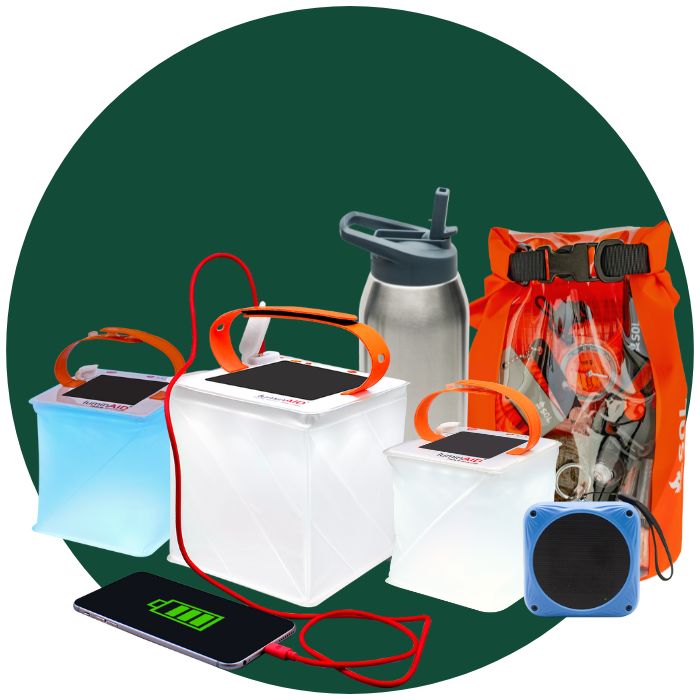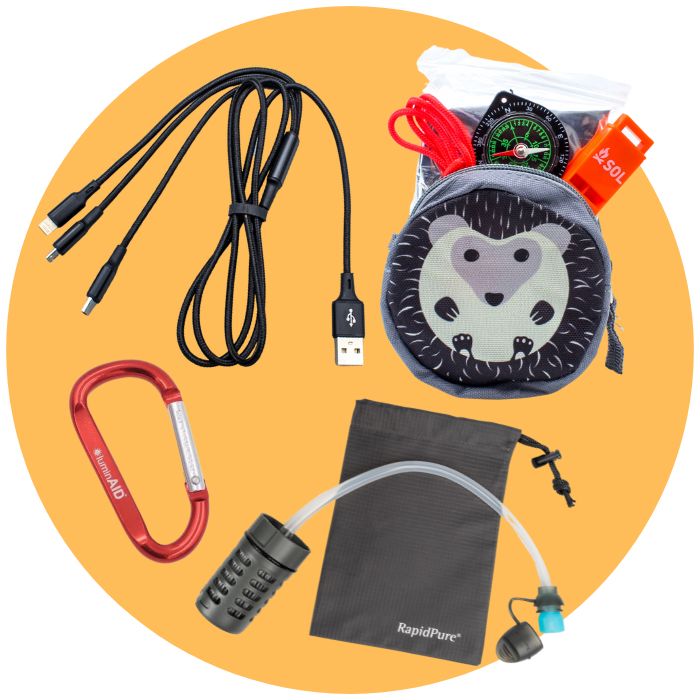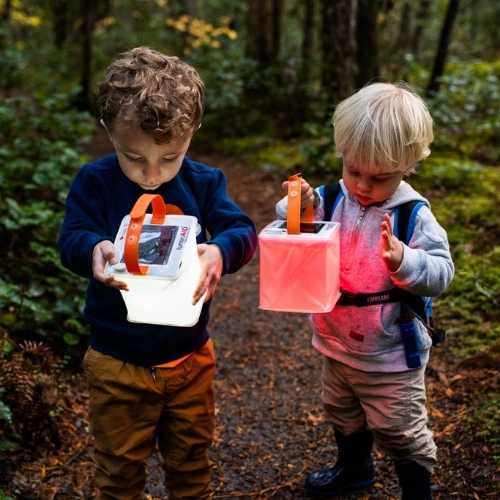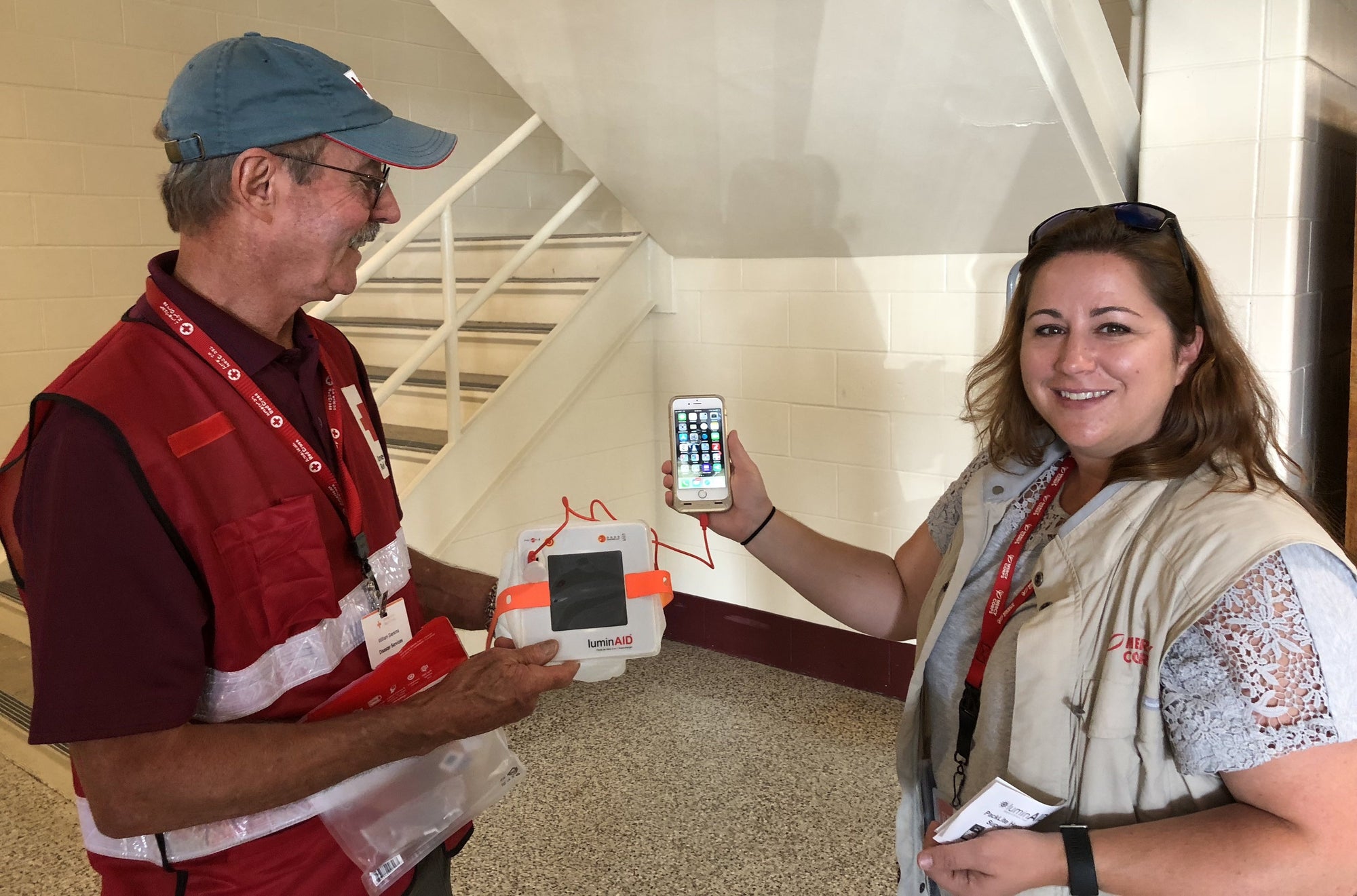Giving Tuesday takes place the Tuesday after Thanksgiving and can be a huge source of revenue for nonprofits. Celebrated each year on the Tuesday after Black Friday and Cyber Monday, Giving Tuesday aims to shift the focus to charitable giving in the holiday season.
According to Classy, nonprofits acquire 3-5 times more new donors on Giving Tuesday than on a typical day. So with the right strategy, there is the potential to fuel fundraising efforts throughout the year.
The simplest way to participate is to organize a one-day fundraising campaign. You’ll need a way for supporters to donate to your cause, so the first thing to do is set up an online donation page. And then using your website, email, and social media you can reach supporters and the broader community and encourage them to give.
WEBSITE
Make your campaign visible on your website’s homepage ahead of Giving Tuesday so visitors will know that it’s coming. Include a call to action and link to your donation page. Though the bulk of donations will come on Giving Tuesday, you want to make sure people have the opportunity to give when they’re on your site before that day.
EMAIL
Reaching out to supporters via email allows you to appeal to them directly instead of relying on them visiting your homepage. Create a set of emails in the weeks leading up to Giving Tuesday including information on what you are fundraising for and how to help.
1st email: Give an introduction to Giving Tuesday and your program in order to prime people on what’s to come
2nd email: Share a story from your foundation or program. Sharing stories, images and videos is a great way to incite others to buy into your mission and therefore give.
3rd email: Include a call to action, link to your website, and donation page so people know how and when to donate
And then send emails the day before and day of Giving Tuesday. If you’re able to segment your supporters, you can individualize those final emails with different suggested donation sizes. Be sure to always highlight the impact of their donation so they know where their money is going and how it will help your organization move forward.
SOCIAL MEDIA
Giving Tuesday, as a newer holiday, has always been a great idea to share on social media, especially with the introduction of the hashtag #GivingTuesday. Be sure to take part and create a campaign in the month leading up to the event.
Taking advantage of social media can also expand your reach by encouraging your followers to share posts. You can also use social media to thank and call out donors. This can show that people are donating and will encourage others to do the same. Social media is also a great way to keep followers updated on the progress of your Giving Tuesday campaign.
FOLLOW UP
After Giving Tuesday be sure to follow up with your donors. It’s so important to capitalize on your new and existing donors in the days and months to come. Let them know how their contribution was used. Consider sending a personal thank-you note via email or in the mail, or publishing updates on your blog.
Follow-ups like these not only help make sure you are being accountable to your donors, but also help make them feel invested in your organization.
According to Classy, nonprofits acquire 3-5 times more new donors on Giving Tuesday than on a typical day. So with the right strategy, there is the potential to fuel fundraising efforts throughout the year.
The simplest way to participate is to organize a one-day fundraising campaign. You’ll need a way for supporters to donate to your cause, so the first thing to do is set up an online donation page. And then using your website, email, and social media you can reach supporters and the broader community and encourage them to give.
WEBSITE
Make your campaign visible on your website’s homepage ahead of Giving Tuesday so visitors will know that it’s coming. Include a call to action and link to your donation page. Though the bulk of donations will come on Giving Tuesday, you want to make sure people have the opportunity to give when they’re on your site before that day.
Reaching out to supporters via email allows you to appeal to them directly instead of relying on them visiting your homepage. Create a set of emails in the weeks leading up to Giving Tuesday including information on what you are fundraising for and how to help.
1st email: Give an introduction to Giving Tuesday and your program in order to prime people on what’s to come
2nd email: Share a story from your foundation or program. Sharing stories, images and videos is a great way to incite others to buy into your mission and therefore give.
3rd email: Include a call to action, link to your website, and donation page so people know how and when to donate
And then send emails the day before and day of Giving Tuesday. If you’re able to segment your supporters, you can individualize those final emails with different suggested donation sizes. Be sure to always highlight the impact of their donation so they know where their money is going and how it will help your organization move forward.
SOCIAL MEDIA
Giving Tuesday, as a newer holiday, has always been a great idea to share on social media, especially with the introduction of the hashtag #GivingTuesday. Be sure to take part and create a campaign in the month leading up to the event.
Taking advantage of social media can also expand your reach by encouraging your followers to share posts. You can also use social media to thank and call out donors. This can show that people are donating and will encourage others to do the same. Social media is also a great way to keep followers updated on the progress of your Giving Tuesday campaign.
FOLLOW UP
After Giving Tuesday be sure to follow up with your donors. It’s so important to capitalize on your new and existing donors in the days and months to come. Let them know how their contribution was used. Consider sending a personal thank-you note via email or in the mail, or publishing updates on your blog.
Follow-ups like these not only help make sure you are being accountable to your donors, but also help make them feel invested in your organization.











